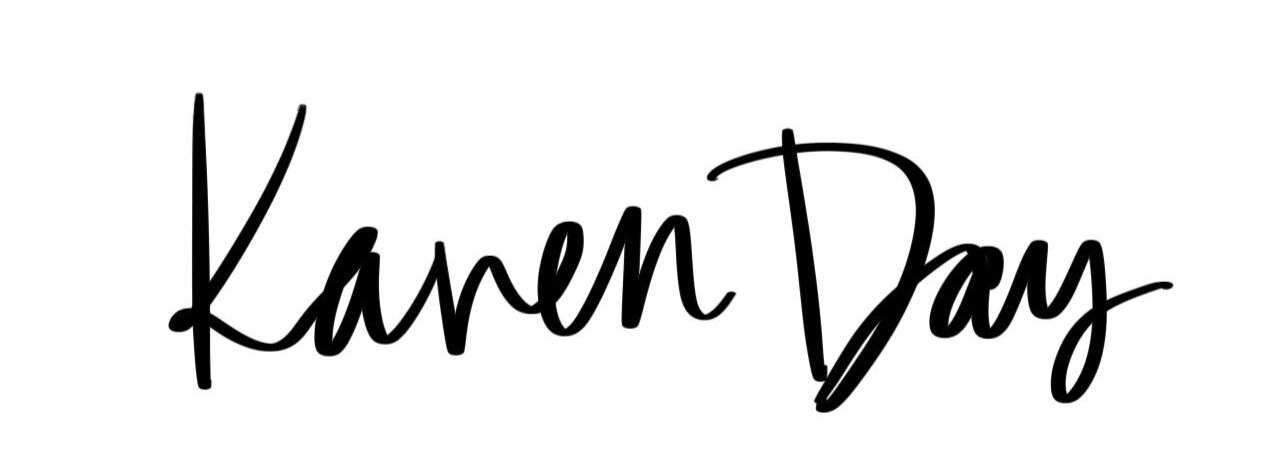In the car the other day I asked my 11-year-old, “At school do you ever talk about symbolism in books?” She wrinkled her nose in confusion.
This is a kid who reads nearly a book a day, including everything on her older sister’s bookshelves, and now she’s starting on mine.
She is, however, only in grade school. By the time she finishes middle school she’ll have been introduced to symbolism. And by high school she’ll probably be sick of analyzing texts for the elusive and not so elusive “symbolic”.
But this has gotten me thinking a lot about symbols and their place in novels for kids. Do middle grade writers consciously use symbols? Why? Do they expect their young readers to understand and search for these symbols?
And to quote my daughter, “what the heck is a symbol, anyway?”
From my dusty graduate school boxes I pulled out my Anatomy of Criticism by Northrop Frye and reread the Second Essay. Ethical Criticism: Theory of Symbols. He has a pretty thorough yet complicated explanation of symbols. So, I’ve settled on a much simpler and more concise definition.
Writers use symbols to enhance a novel’s theme or themes.
Some symbols are pretty universal – spring = birth, fall = death; white = good, black = bad. And writers can also make up their own symbols by connecting the theme with a reoccurring, concrete image or images.
One of the major themes in A MILLION MILES FROM BOSTON, my recent middle grade novel, is Lucy’s complicated yet growing understanding of her feelings about her mom who died six years earlier. But being only 12-years-old, Lucy doesn’t have conscious access to many of these feelings. So, how do I show the reader these feelings when Lucy isn’t even aware of them?
One of the ways is through the use of symbols.
Water has many symbolic uses in literature. It can represent life and birth as well as death. In A MILLION MILES FROM BOSTON, I use water to represent all things associated with Lucy’s mom.
Water is everywhere in the novel, from the ocean that surrounds the peninsula, to the steady rain that forms giant puddles and threatens to damage the Big House, a special meeting place in Lucy’s community. Lucy is both terrified of water (she believes that years earlier she nearly drowned) and attracted to it (Mom’s ashes were spread off of the family’s dock).
At times Lucy’s mom is the water, such as when Lucy says one day in the car, “It was dark by the time we reached the dirt road to the Point. I felt the ocean on my skin, in my lungs, even if I couldn’t see it” (Chapter 23). Here I’m connecting Lucy’s inability to see the water (although she feels it) with her mom who she also can’t see but still feels.
Mostly, however, I use Lucy’s slow, growing acceptance of the water to symbolize her slow, growing acceptance of what really happened to her mom. So by the end, Lucy’s confidence in the water parallels her confidence in the truth. It’s no coincidence that Lucy’s epiphany about her mom happens in the final water scene with Dad’s girlfriend.
Will kids get this? Should they get it? Or more importantly, will they care?
I guess the key may be to have fun with this. The other day I brought up the water-symbol to a group of 12-year-old girls who had read my book. Once they got over the fact that I hadn’t expected them to pick up this idea on their own, they were intrigued and excited about it. I made it more like a scavenger hunt or a mystery. Let’s count all of the ways that water figures into the book!
They came up with more than a dozen.
At the end of the day, maybe writing symbols into middle grade novels isn’t that important. Maybe exploring the themes and plot is enough. MILLION MILES is certainly full of meaty topics – bullying, transition to middle school and a new potential step mom. But I like to think that identifying and talking about symbols in my novel – or in any other middle grade novel – is a wonderful way to introduce and encourage the idea of close reading.
